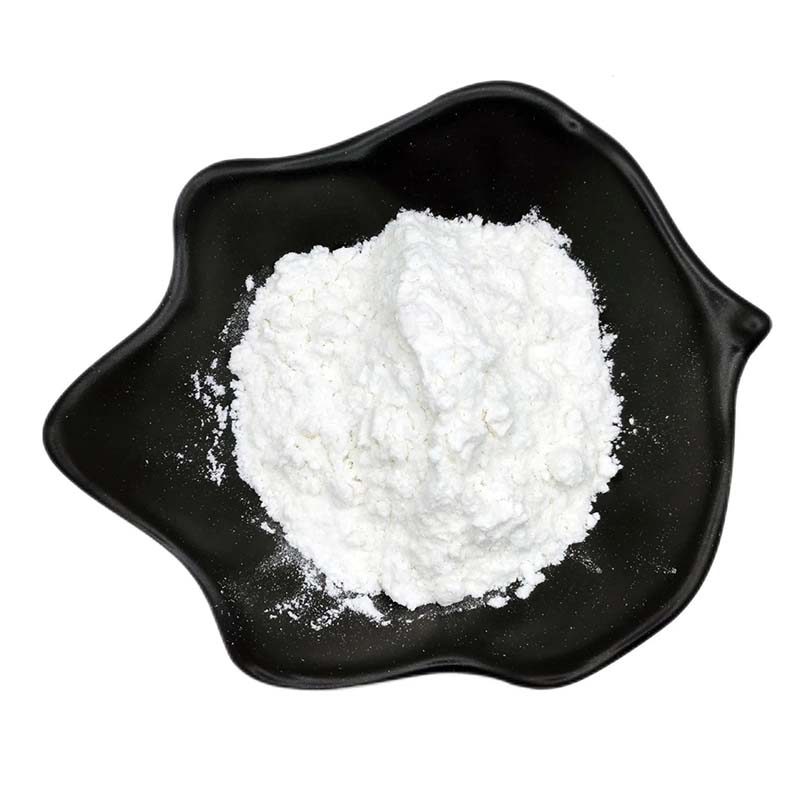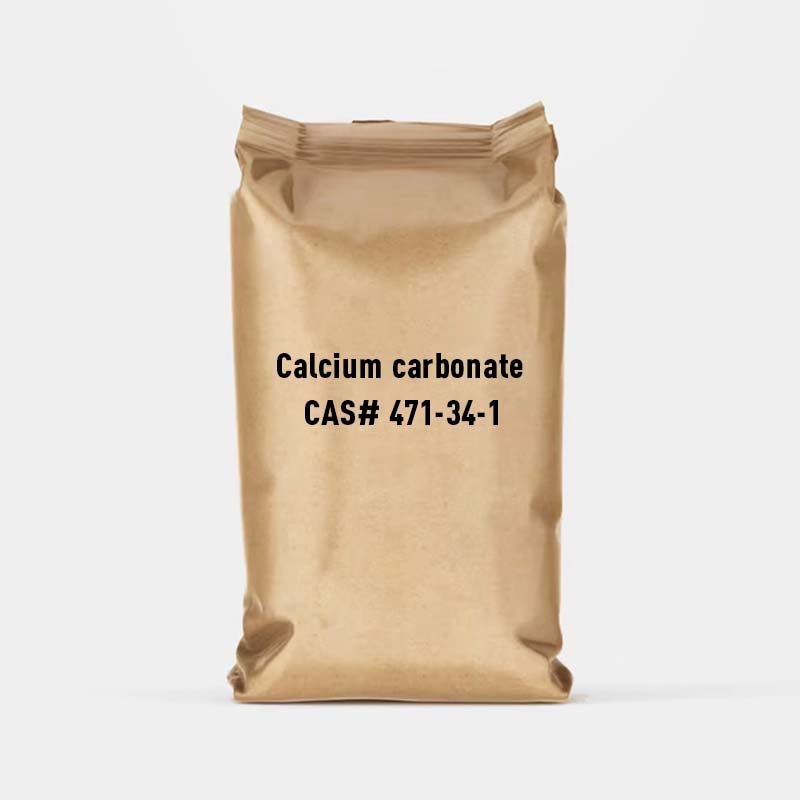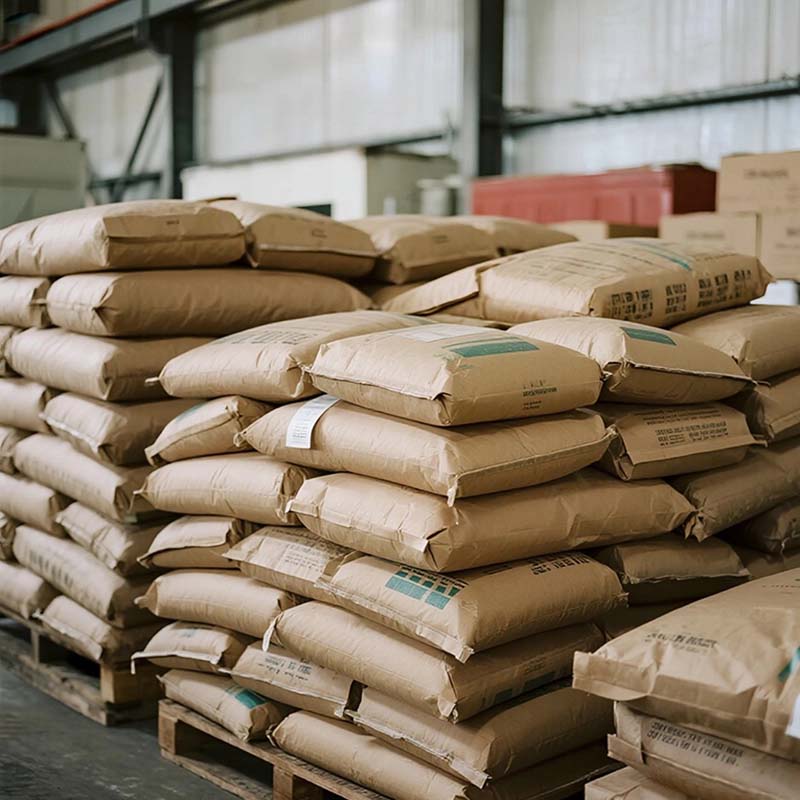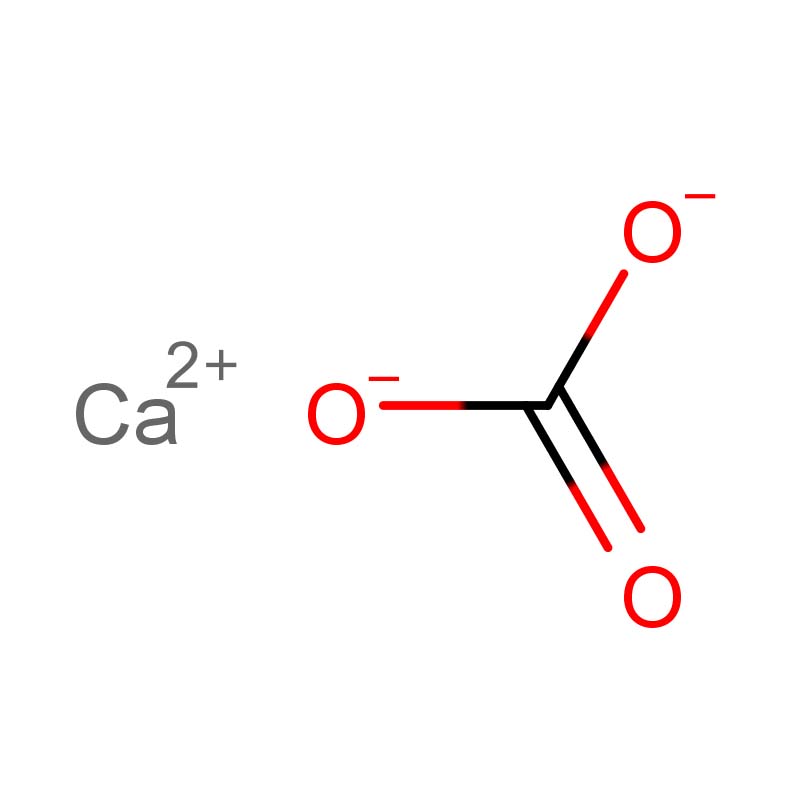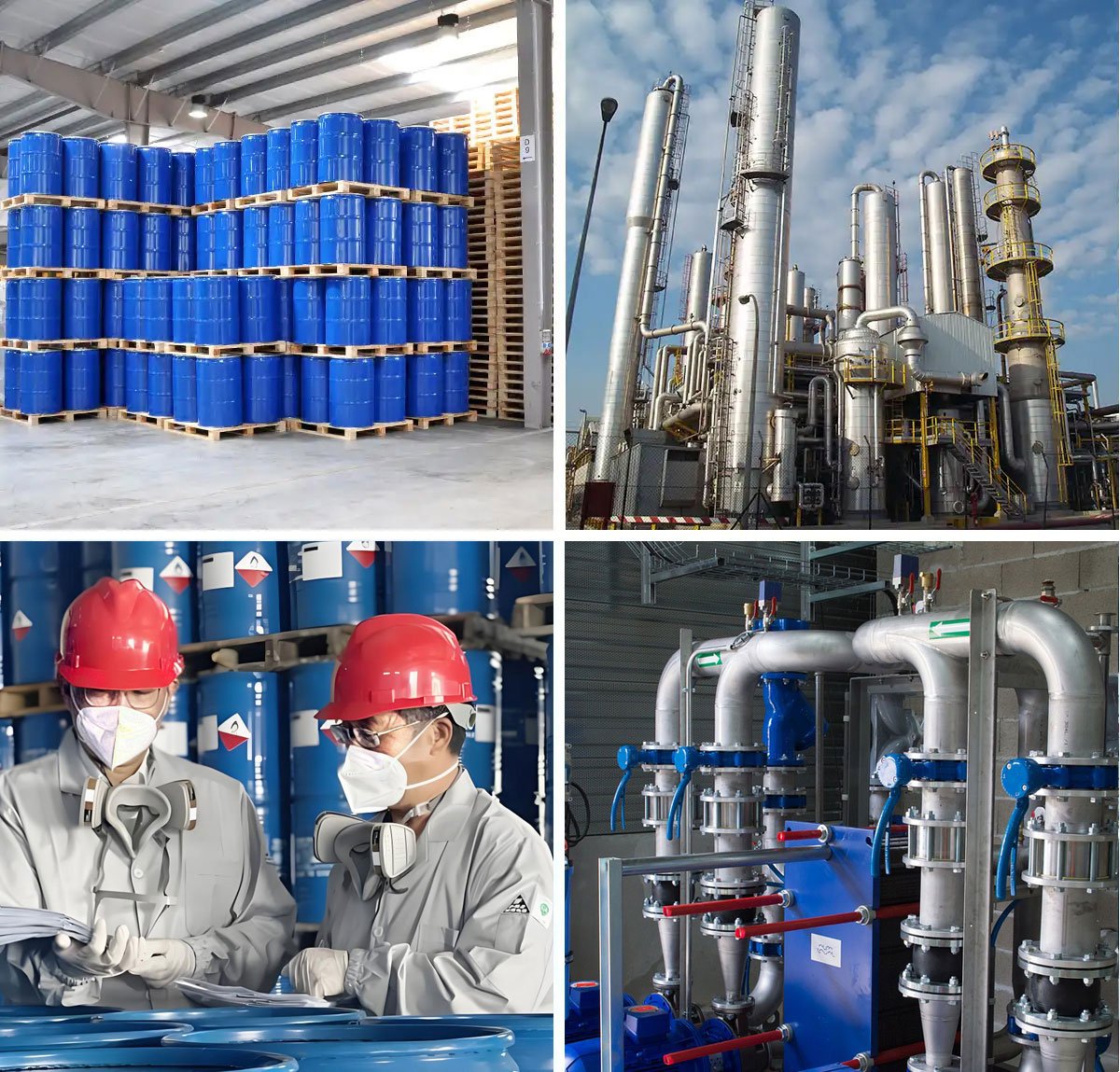Calcium Carbonate
Versatile Applications: Calcium carbonate serves as a fundamental material in construction (cement, glass, plaster), manufacturing (textiles, papers, paints, plastics), and personal care products (cosmetics).
Purity and Consistency: Precipitated calcium carbonate features controlled micro-sized particles with high purity and uniform morphology, optimized for industrial applications in paper, coatings, and plastics.
Natural Abundance: As one of the most prevalent natural minerals in the Earth's crust, it provides an economically sustainable raw material for industrial processes.
Crystalline Polymorphs: Existing in calcite (thermodynamically stable), aragonite (needle-like morphology), and metastable vaterite forms, it offers tailored functional properties for specialized applications.
Naturally occurring calcium carbonate manifests in geological formations including limestone, marble, chalk, and coral deposits. This mineral serves as a fundamental raw material in construction sectors for manufacturing cement, plaster, and glass products. It further undergoes thermal processing to yield quicklime and hydrated lime, which serve as precursors for various calcium-based compounds. The industrial product is commercially available in either ground powder or synthetically precipitated forms, with the precipitated variant exhibiting superior purity and refined particle size distribution. These characteristics make it particularly suitable for advanced applications in textile manufacturing, paper coating, paint formulation, polymer composites, and cosmetic products.
Calcium carbonate Chemical Properties
Melting point | 825 °C |
Boiling point | 800 °C |
density | 2.93 g/mL at 25 °C (lit.) |
refractive index | 1.6583 |
storage temp. | Store at +5°C to +30°C. |
solubility | 5 M HCl: 0.1 M at 20 °C, clear, colorless |
form | random crystals |
color | White-beige to slightly beige-gray |
Specific Gravity | 2.93 |
PH | 9.91(1 mM solution);9.91(10 mM solution);9.91(100 mM solution); |
Odor | Odorless |
PH Range | 8 |
Water Solubility | Insoluble |
λmax | λ: 260 nm Amax: ≤0.09 |
Merck | 14,1657 |
BRN | 8008338 |
Solubility Product Constant (Ksp) | pKsp: 8.54 |
Exposure limits | NIOSH: TWA 10 mg/m3; TWA 5 mg/m3 |
Dielectric constant | 6.1(Ambient) |
Stability: | Stable. Incompatible with acids, fluorine, ammonium salts, alum. |
InChIKey | VTYYLEPIZMXCLO-UHFFFAOYSA-L |
CAS DataBase Reference | 471-34-1(CAS DataBase Reference) |
EPA Substance Registry System | Calcium carbonate (471-34-1) |
Safety Information
Hazard Codes | Xi |
Risk Statements | 37/38-41-36/38-36 |
Safety Statements | 26-36/37/39-37/39-37 |
OEB | B |
OEL | TWA: 10 mg/m3 (total) |
WGK Germany | - |
RTECS | FF9335000 |
TSCA | Yes |
HS Code | 28365000 |
Hazardous Substances Data | 471-34-1(Hazardous Substances Data) |
Toxicity | LD50 orally in Rabbit: 6450 mg/kg LD50 dermal Rat > 2000 mg/kg |
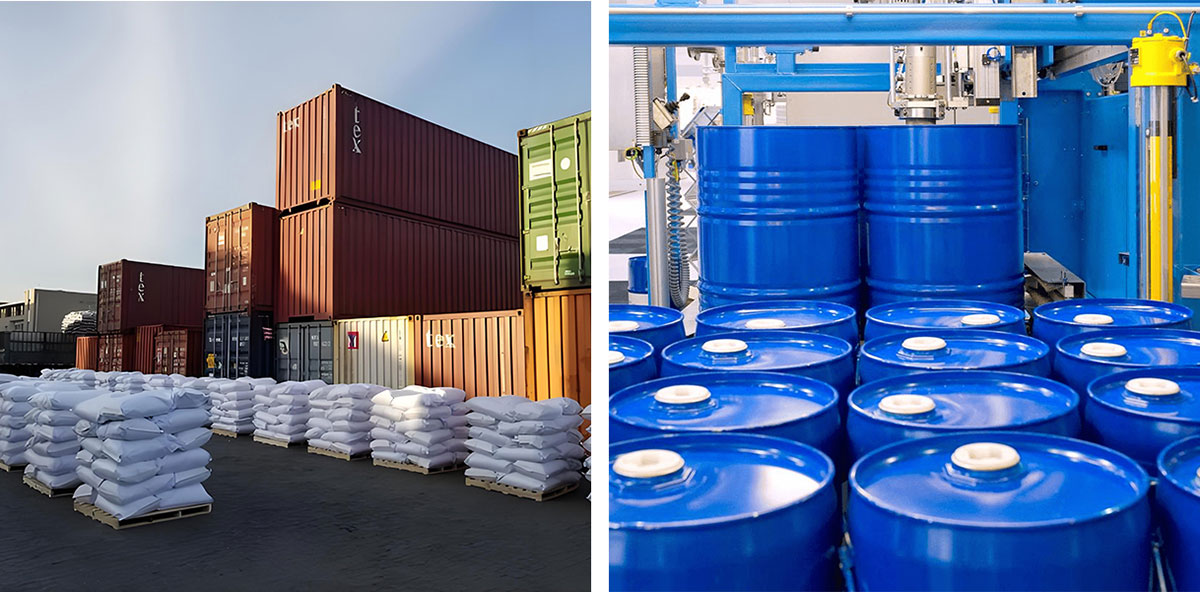
Calcium carbonate exhibits two primary crystalline structures: calcite (hexagonal crystal system) and aragonite (orthorhombic crystal system). Calcite undergoes thermal decomposition at 825°C, whereas aragonite melts at 1,339°C. While insoluble in water, the compound readily dissolves in dilute acid solutions. As one of the most prevalent minerals in the Earth's crust, calcite represents the most abundant polymorph. The formation of specific crystalline phases depends on environmental conditions during crystallization, with vaterite remaining the least common polymorph due to its metastable nature.



